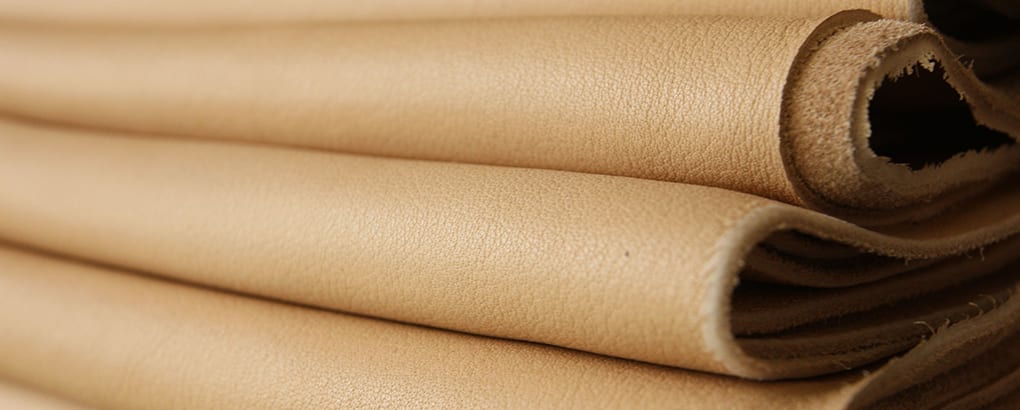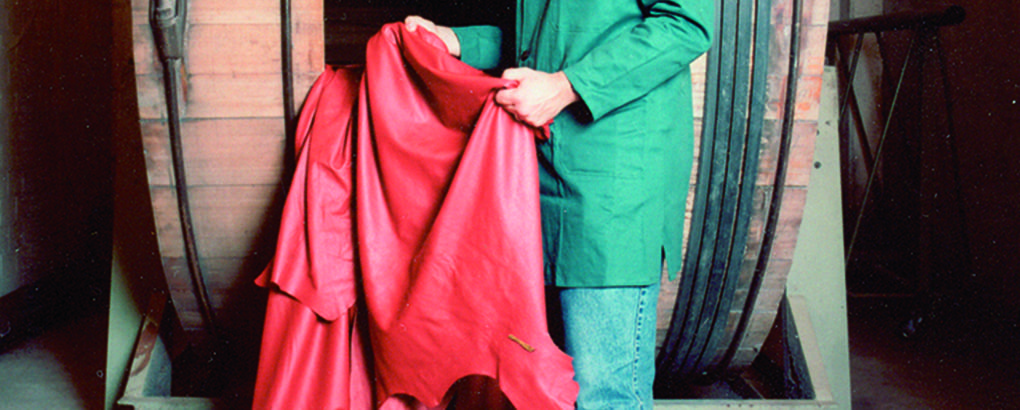About NATURLEDER IVN certified
IVN has been involved in developing a standard for sustainable leather since 2001. The quality seal NATURLEDER IVN ZERTIFIZIERT certifies a high level of ecology and quality for the labeled product.

A high technical and ecological standard for the leather products it certifies is of prime importance to IVN. To that end, all stages of the production chain are evaluated, beginning with the raw material and including sales and usage of the finished leather (not the finished product).
A meaningful savings of resources, environmental and health protection in both the production and usage as well as user-friendly design are benchmarks for this evaluation. Both the product and its processing steps are evaluated from different perspectives. Environmental footprint, individual hazardous substances as well as the disposal and/or possibilities of recycling are appraised and documented. Health related issues are an important criterion. These are evaluated both as they relate to persons involved in production and to persons using the product.
For a copy of the specific guidelines, download the PDF.
Summary
The quality seal NATURLEDER specifies a number of basic requirements for all businesses pursuing certification. All manufacturing plants must, for example, have access to a two tier wastewater treatment plant, regardless of whether their waster water is fed directly (without treatment) or indirectly via a wastewater treatment facility into surface water. GMOs or modified substances are to be avoided. As it is not possible to control for these substances, they cannot be expressly forbidden. All chemicals used must meet predetermined specifications.
The raw material for leather is animal skin. It is important that the animals from which these skins derive are held primarily for meat. This avoids additionally polluting animal husbandry. Wild animals or species threatened by extinction are banned as NATURLEDER products.
Before tanning, skins are preserved and cleaned. This is done with cooling and salting; chemical preservatives are expressly forbidden. If tenside solutions and detergents are used, these must be biodegradable.

The stage of leather production that is most environmentally detrimental and hazardous to health is tanning. The use of chrome tanning or processes using mineral tanning agents and heavy metals, both highly environmentally damaging, are forbidden. NATURLEDER tends to use vegetable-based tanning, ie tanning based on plant-based agents, or so-called chamois leather. As the latter traditionally uses whale oil, a certification of species preservation must be provided. Tanning using aluminium, zirconium or titanium is accordning to the NATURLEDER guidelines not allowed.
Leather is often dyed. As for those used for textiles, leather dyestuffs must be free of AOX and heavy metals and conform to EU ordinances. The use of vegetable dyestuffs is, of course, preferred.

Milling is a mechanical processing which produces a very soft, full and pleasant handle. In this process, the dry leather is rotated in a drum and is softened through beating. A similar processing is studding whereby the leather is softened by beating with vibrating metal pegs. This process loosens gummed tendons, leaving them flexible and supple. As a result, the leather is pliant and has a more even surface.
The use of solvent-based finishes or coatings containing polyurethane or fluor is not allowed. Natural tanned leather (without chromium) is breathable and skin-friendly. Light, time and touch create a beautiful patina in the long run.
Equally important for consumers, there are strictly defined limits for hazardous substances in the finished product just as there are for textiles. These limits as well as strictly formulated quality standards including fastness to rubbing and tensile strength are equal to or exceed DIN or ISO norms.
As leather goods are sourced and processed internationally, the same social standards apply for all steps of the production chain of NATURLEDER as for textiles.
